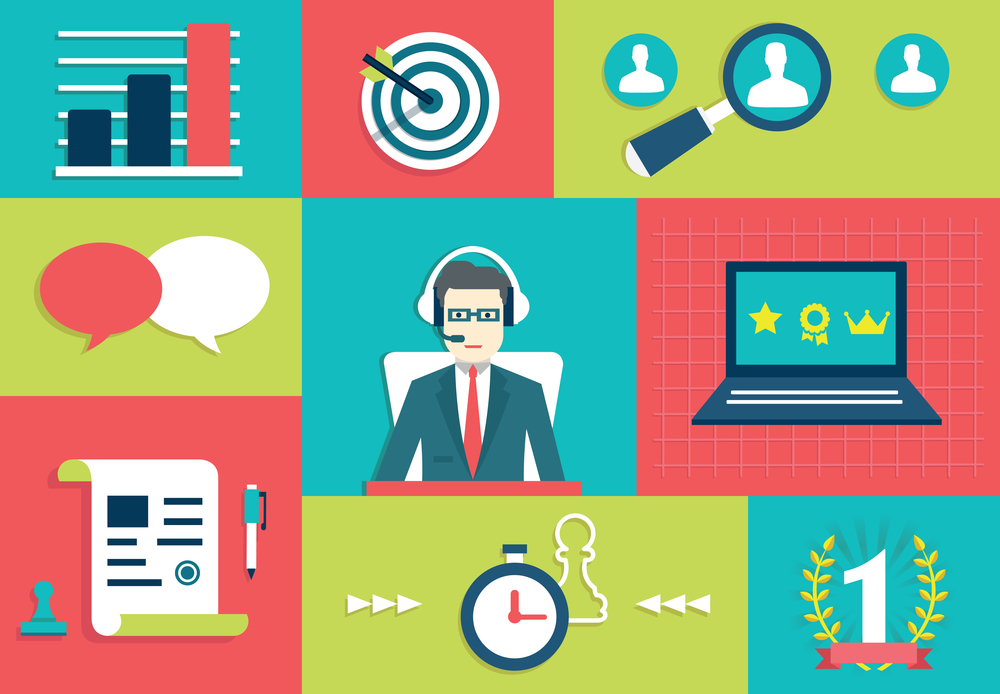Transforming Customer Experience – 9 Steps to Success
By: Ciopages Staff Writer
Updated on: Feb 25, 2023

Transforming customer experience is the nirvana and holy grail of digital transformation. While it is easy to want to optimize user experience, it not that simple or straightforward.
Let’s first establish what is not transforming the customer experience:
- Nicely designed web pages are not customer experience. Don’t get us wrong! User Interface (UI) is essential and beautifully designed applications are necessary. However, if the underlying processes are convoluted, the navigation is cumbersome, and understanding of the concepts are involved, no amount of design is going to salvage the wreck. It is lipstick on a pig. This Nextweb article explores this paradigm in greater detail.
- The company can buy the fancy real estate, spend a ton on interior design, and hope to come as close to an Apple store, but can fail to pass muster about fostering genuine customer experience. Why? Poorly designed products and grumpy employees cannot be transformation catalysts.
- Your enterprise can enable an expensive call center, but if an agent takes 15-minutes to find the transaction data asks for order number 3-times over in a span of 3-minutes, after a 30-minute wait, say goodbye to good customer vibes. Transforming customer experience is not just about a call center, but the integration of customer and transaction data combined with empowered agents. Without the trifecta, customer dissatisfaction will be ever more evident.
Let’s these examples serve as a forewarning to companies focused on simple solutions to complex problems and assume transforming customer experience is nothing more than implementing yet another technology and building yet another capability.
Transforming customer experiences involves a holistic strategy, a real customer-centered vision, an integrated approach to solution development, and incremental, but synergistic capability enablement.
Let’s look at how to develop a customer experience optimization plan as a part of an overall digital strategy and transformation roadmap.
Transforming Customer Experience – 9 Steps to Success:
- Understand your Current State: You will need to know where you are regarding strategic priorities and plans, budgets, and current status of data, people, process, and architecture.
- Get Everyone on the Same Page: Ensure executives and employees are on the same page about the rationale for transforming customer experience and the hard work and commitment it takes and how it is crucial to stick thru the long and arduous journey.
- Listen to the Voices: Well, not those voices in your head. However, listen to the voice of the customer, the voice of the employees and other stakeholders in the client management value chain. Understand the true nature of the customer experience pitfalls and impediments.
- Define Future State Experiences: Define the ideal state customer experience thru a mapping of personas, their customer journeys, the tools and techniques involved. Incorporate any innovations that can be sparked as a part of the new standard. You may develop design prototypes, clickable workflows, simulation, and other techniques.
- Identify Capabilities and Gaps: Identify what capabilities need to be re-engineered, replaced or required and what gaps to fill to reach the point of arrival for transforming customer experiences. Create estimates for the entire transformation effort including change management and adoption.
- Secure commitment to funding: It is essential to ensure funding commitment for the full transformation, but of course it is reasonable to obtain a specific budget allocation for the year.
- Develop a Transformation Roadmap: Prioritize your capabilities and specific features/functions based on the highest impact on customer experience. Sequence the capabilities in logical clusters of capabilities and particular improvements that need to be done. Jumping from doing work in bits and pieces makes the transformation effort disjointed and diminishes the impact.
- Develop and Deploy: Develop, implement and deliver the capabilities required to transform the customer experience.
- Monitor, Measure, Iterate and Refine: It is unlikely that you will get to an optimal state of customer experience in the first go. Hence, it is essential to monitor the new processes and measure the efficacy and then iterate and refine incrementally. Transformation leaps followed by Kaizen (incremental improvement) is an ideal recipe for success in high-profile transformation programs.
Learn more about the digital transformation of CRM and explore the CRM Transformation Toolkit.